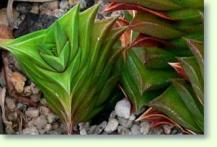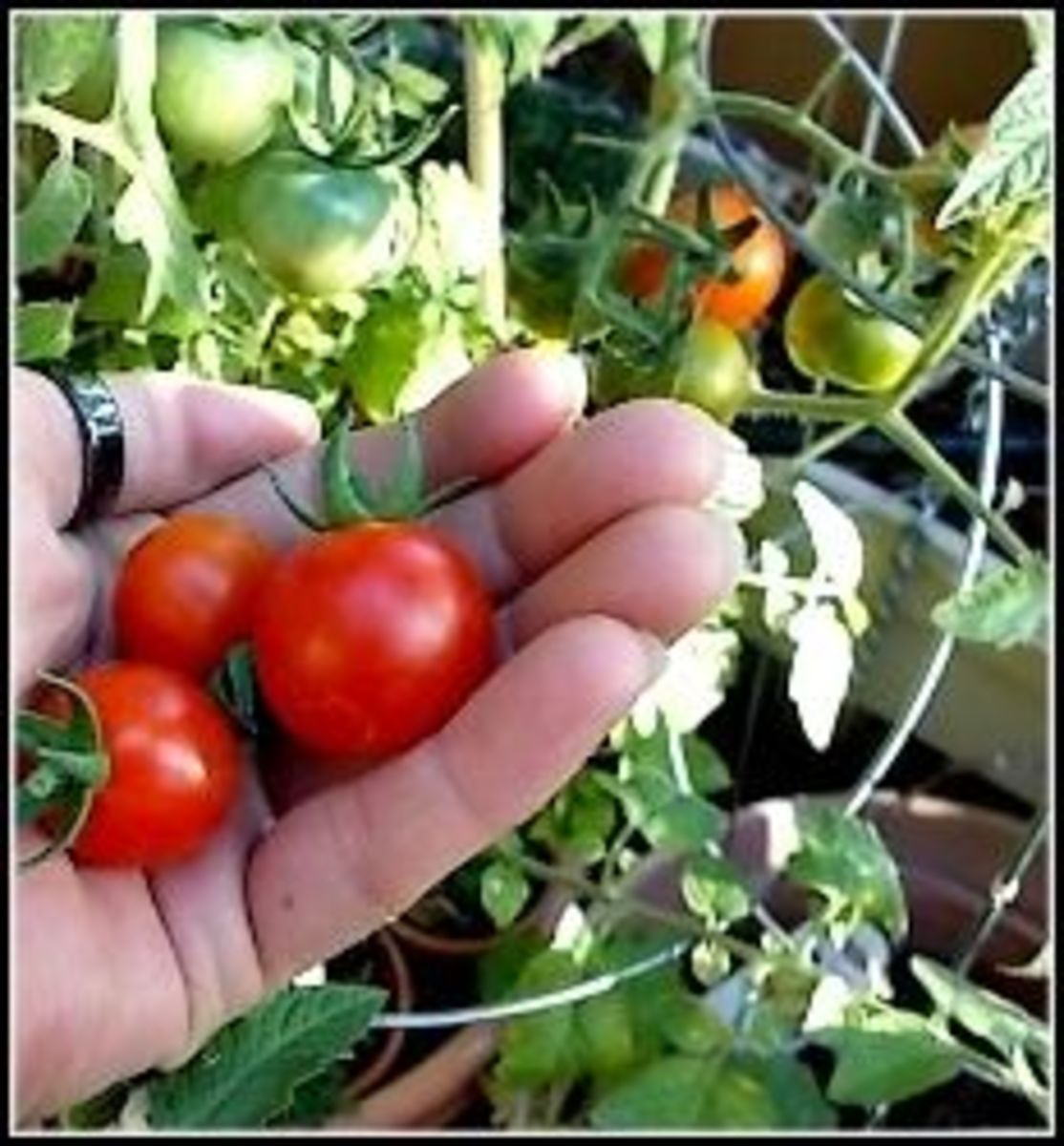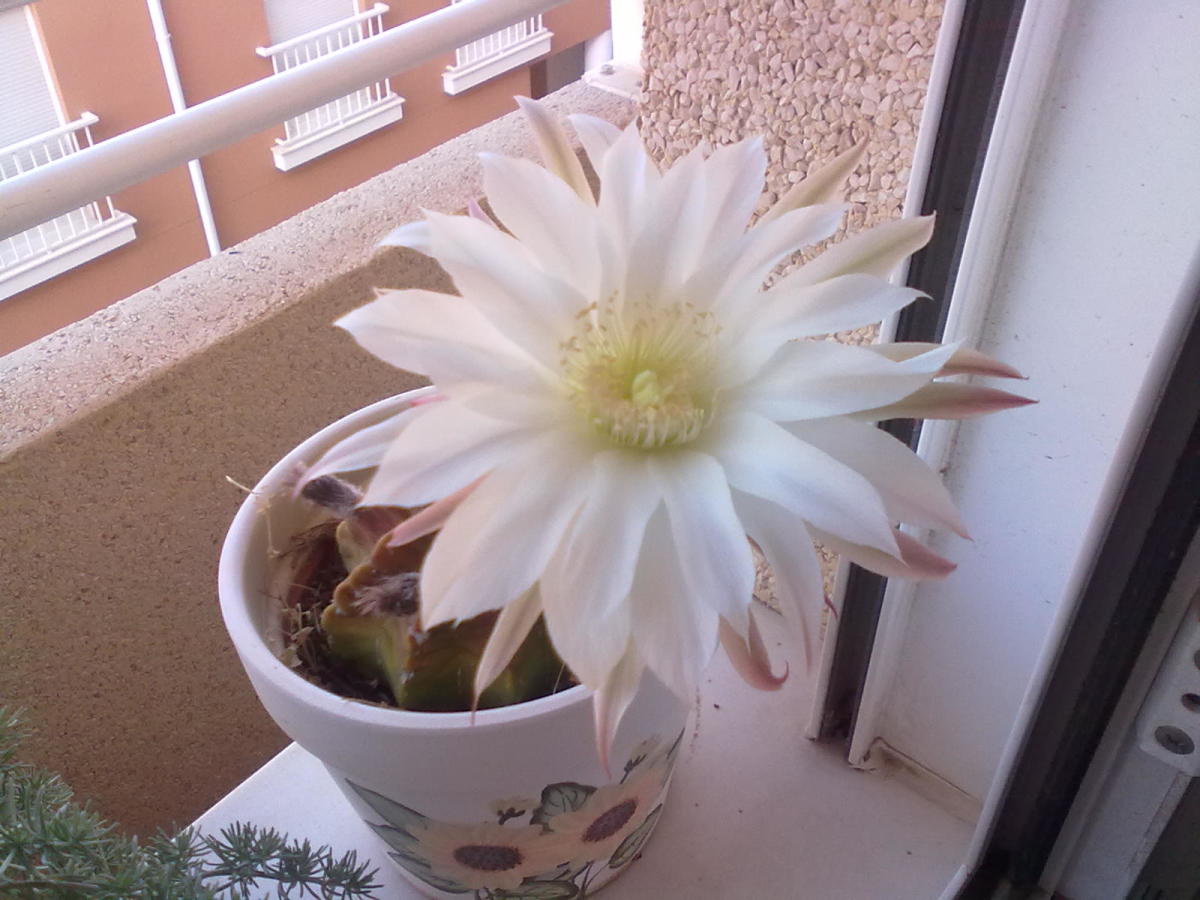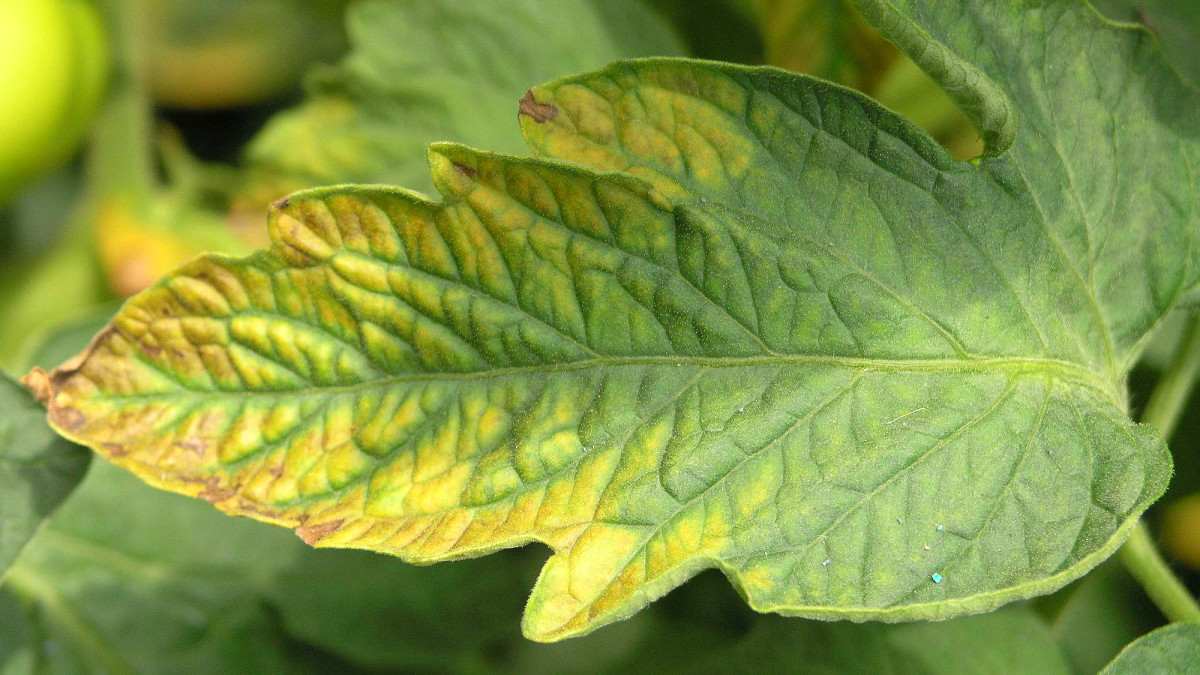Succulent Casting

Succulent casting
Succulents must be watered regularly, although they tolerate a long dryness better than unculated plants. However, the sufficiency of the succulents must not be overused, it is a common misconception that the succulents, which usually come from periodically dry areas, need very little or no water.
Rainwater is cheaper for succulent plants, but most succulents also prefer ordinary tap water that is not too calcareous.
Casting of succulents
Succulents also die if they are permanently cast into rare or too economical. However, succulents do not dry up as quickly as other houseplants. However, it is important not to fall into the extreme and to water the succulents just as abundantly as non-succulent plants. In case of succulents that are too moist, rot can occur quickly, especially during the annual rest period.
How to cast
Succulents are poured moderately,excess water in the coaster is poured out about 10 minutes after the watering process. The succulents may not be watered again until the top layer of the pot bale has completely dried out.
In the wild, succulents grow during the wet season. During the dry season, the succulents then enter a rest period, during which time they cease their growth and then need almost no water. This natural rhythm is the basic rule for the successful culture of virtually all succulents:
Casting in the growing season
The succulent plants are watered moderately at the time of the main growth. The next watering occurs again only after the top layer of the substrate has dried well. Too frequent watering during the growth phase, without letting the substrate dry in between, harms the succulent plants.
Casting during the rest period
Succulents are poured only very sparingly during the rest period. The plants are given just so much water that the soil does not completely dry out and no bale dryness arises.
Caution: Too vigorous watering and wetting the earth during the rest period makes the succulents rot and die according to Succulent Alley.
In the case of plastic vessels, you should pour especially carefully to avoid wetting the root bale. Poor drainage, cold draughts and too frequent watering are the causes of rotting at the trunk or root.
Delicate succulents pour
Some succulents have small, softly hairy or ripe leaves and shoots where unintentional splashes of water leave unsightly stains due to rain or watering. This is not harmful to the plant, but it looks unsightly.
It is best to place the planters with such sensitive plants for watering in a larger vessel, which is filled about 10 cm high with water. Due to the capillary effect, the moisture in the soil rises until the surface also becomes slightly moist. The planter must not remain in the water for more than about 10 minutes, take it out and place it on two parallel wooden strips so that excess water can drain freely from the water drain hole for about 15 minutes.
If you cannot irrigate the succulents in this way due to their growth form or the planter, you use a watering can with a long and slender watering tube. Care is taken to ensure that the leaves of the succulents are not sprayed.
Maintaining succulents properly
Succulents have a common characteristic typical of succulent plants. They can store water in their tissues to survive longer dry periods. Succulents usually grow in areas with little or seasonal periodic rains and dry seasons.
Succulents are not grouped into one family, they belong to many different plant families.
There are plant families to which individual succulent genera are assigned. The most important of these genera, including the succulents cultivated as houseplants, can be found in our succulent lexicon.
Overall, succulents are grateful potted plants, because they can cope with care better than most other houseplants.
- Add to Phrasebook
- No word lists for English -> English...
- Create a new word list...
- Copy
Types of succulents
A distinction is made between the root succulents,the leaf succulents and the stem succulents.
To reduce evaporation and ward off predators, the root succulents have moved much of their plant body into the earth.
Leaf succulents, such as the plants of the genus Aeonium, are characterized by their thick-meat, water-storing leaves.
Stem succulents use thick and juicy shoots, the trunk, as a reservoir. Usually these succulents have no, or almost no leaves, the assimilation is also taken over by the thick shoots in these succulent plants. The most well-known regular cults, the cacti, we have spun off into our own care group.








